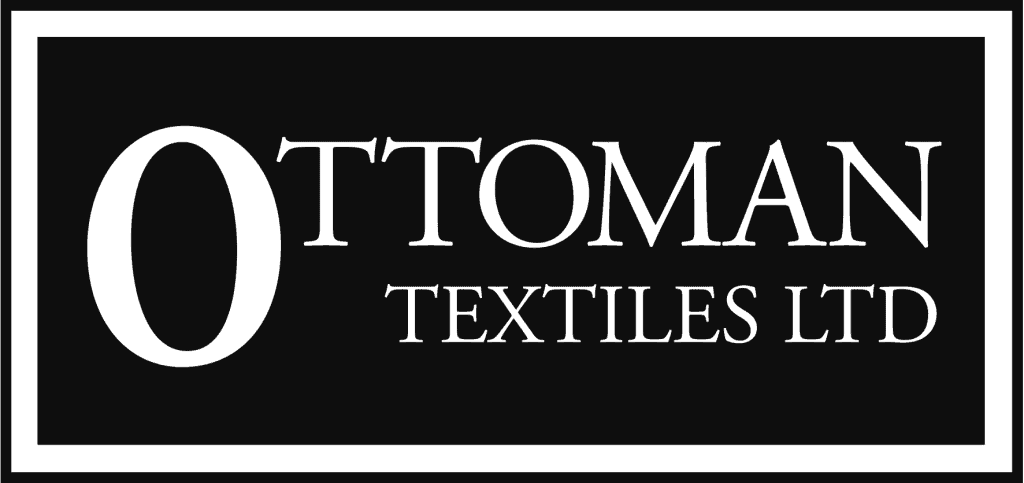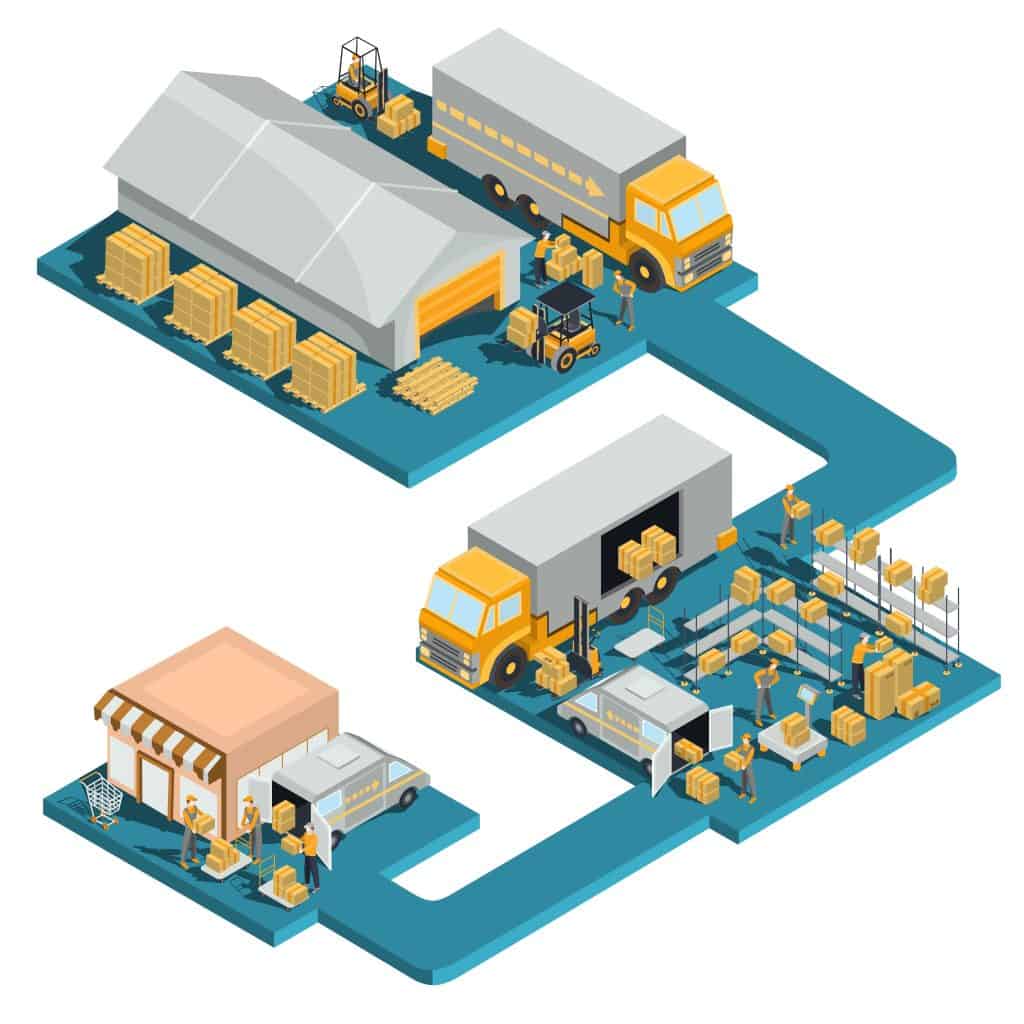Wholesale / Business Guide
What is a Wholesaler?
Table of Contents:
Several players are involved in the supply chain process of buying and selling goods. However, the wholesaler holds one of the most critical positions in the supply chain. A wholesaler is a type of business that purchases large quantities of goods from a manufacturer or distributor. The wholesaler then sells those goods to retailers.
This guide will explore the role of a wholesaler and retailer in the supply chain, the definition of wholesale price and strategies wholesalers use to work it out. You’ll also find out how retailers source their suppliers.
What is Wholesale Price?

There are various pricing models in the business landscape. Wholesale pricing is the most common of them.
The wholesale price is the amount a retailer pays to acquire goods in large quantities from a wholesaler. This is not to be confused with “manufacturer’s price”, which is the price the manufacturer charges the wholesaler.
The wholesale price is lower than the retail price or what the consumers pay for the same goods. The lower price is also known as a wholesaler discount, a unique pricing scheme offered to a retailer for buying the items in bulk. The discount that a retailer gets enables them to set a higher price when they sell those items to consumers. The price difference will determine their profit.
The wholesale price is a critical component in the supply chain. It must be low enough to enable the retailer to mark up the price so that consumers can still afford the goods. If the difference between the wholesale and retail price is too little, it might not be enough to gain profit.
For this reason, most wholesalers who supply the goods to retailers have a suggested retail price. This retail price is not mandatory. Retailers still have the option to set their own prices for the goods. However, you can use that price to get an idea of how much to sell an item you paid for.
The wholesale price is determined by using various factors, and you will learn more about how wholesalers calculate this price later on. The discount percentage varies according to the volume of the order and the type of product. You can negotiate this with your wholesaler, a skill that any aspiring retailer must learn and adopt.
The wholesale price is not the only fee that retailers must think about. You should also take note of the handling fees, shipping fees and storage fees. These factors can influence your decision when setting a retail price.
How to Work Out Wholesale Price?
As a wholesaler, it is critical to know the manufacturer’s price and how much profit to earn from that price.
Here is a detailed guide on how wholesalers set their wholesale prices:
Step 1: Determine the cost of goods sold
Determining the cost of goods sold (COGS) is the first step in calculating the wholesale price. It refers to the direct cost of acquiring the goods from manufacturers or distributors. The cost would include the purchase price, shipping, taxes and other expenses before they are sold to retailers.
Step 2: Figure out the markup percentage
The markup percentage refers to the profit made on the wholesale goods once sold to retailers. The markup percentage will vary based on the industry, market demand and the specific product.
Wholesalers have to also determine their target profit margin and target market to calculate the ideal markup percentage. Competition is also another important aspect too.
Step 3: Compute the wholesale price
Once the above factors are determined, A wholesaler has everything they need to calculate the wholesale price. This is the formula that can be used;
Wholesale price = cost of goods sold + (cost of goods sold x markup percentage as decimal)
Using the formula above, selling a product that costs £10 with a 25% markup would be:
Wholesale price = £10 + (£10 x 0.25 or 25%) = £12.50
Step 4: Assess the competition and market demand
Using the formula above to determine whether the wholesale price is sufficient, intangible factors are also important to consider, such as market demand and competition.
If the wholesale price is set too high, the ability to compete as a wholesaler is lost. Retailers will look for other wholesalers with lower prices. On the other hand, setting the wholesale price too low also prevents maiximising the profit potential.
Step 5: Adjust the wholesale price accordingly
Wholesalers use these factors to determine how they can set a competitive wholesale price. The markup percentage ensures profitability. It should cover the wholesaler’s expenses and also make a profit.
How to Find Suppliers?

Finding the right supplies is critical to the success of your retail business. Therefore, you must invest time and research into finding the best suppliers to work with.
The right supplier must provide you with high-quality products at competitive prices. It’s also important that your chosen supplier is professional so they can ship your products on time and in the quality you expected.
The following are important steps to help you find suppliers as a retailer.
1. Know your product needs
Before you search for suppliers, you must determine what products you want to sell first. Make sure to choose high-demand products. It’s also recommended that you consider your chosen product’s competition and target market. A healthy amount of competition is good and ensures you have enough buyers for the products.
Once you have pinned down the product, you can begin your search for suppliers specializing in those products.
2. Join trade shows
Another great way is to attend trade shows. These events are usually focused on a specific niche or industry. Therefore, it is a good place to start if you are looking for potential suppliers from that industry.
Trade shows are events where wholesalers and manufacturers come to showcase their products. Hence, they are a great way to discover suppliers for an industry-specific niche. You can also use this as an opportunity to build your professional network.
3. Find suppliers online
Another option is to search online. This is the easiest option because you can find thousands of potential suppliers worldwide. In addition, many of these suppliers can ship from anywhere in the world. Therefore, you won’t be limited by your geographic area.
Searching online also gives you more options so you can find the best products and prices from a large list. Make sure to use popular marketplaces and directories to find global suppliers. These websites include Alibaba, Global Sources and ThomasNet.
However, it is important to do extensive research when looking online. Ensure you have a legitimate supplier to avoid losing money when placing your orders online.
4. Order directly from manufacturers
Another way to get wholesale goods would be to contact manufacturers directly. This is another great option because you deal directly with those who manufacture the goods you want to sell.
This process cuts out the middleman, making you more likely to get the goods at a reasonable price. Most manufacturers require you to meet a minimum order amount to qualify for a discount.
5. Ask for referrals
If you know other retail business owners, you can ask them where they get their suppliers. Most retailers may be hesitant to provide this information since it could be a competitive advantage for them. Retailers might recognise that sharing supplier information may help build a business relationship and improve the industry as a whole. It may be advantageous to offer a referral in return and make a mutually beneficial proposal.
Once you have a shortlist of potential suppliers for your retail business, it’s time to evaluate your options. But, first, you must determine if they are the right fit for your business.
Look into various factors to narrow down your search. The most important one is the quality of the products. It is important because you won’t be able to generate business if you don’t have good products.
The next factor is the pricing. You should find suppliers that offer competitive pricing so you can still profit. Other factors to consider are customer service and the delivery times for the goods ordered.
It’s also a good idea to check online reviews for suppliers. But, again, focus on learning about other customers’ experiences so you can ensure that you have a seamless transaction with them.

